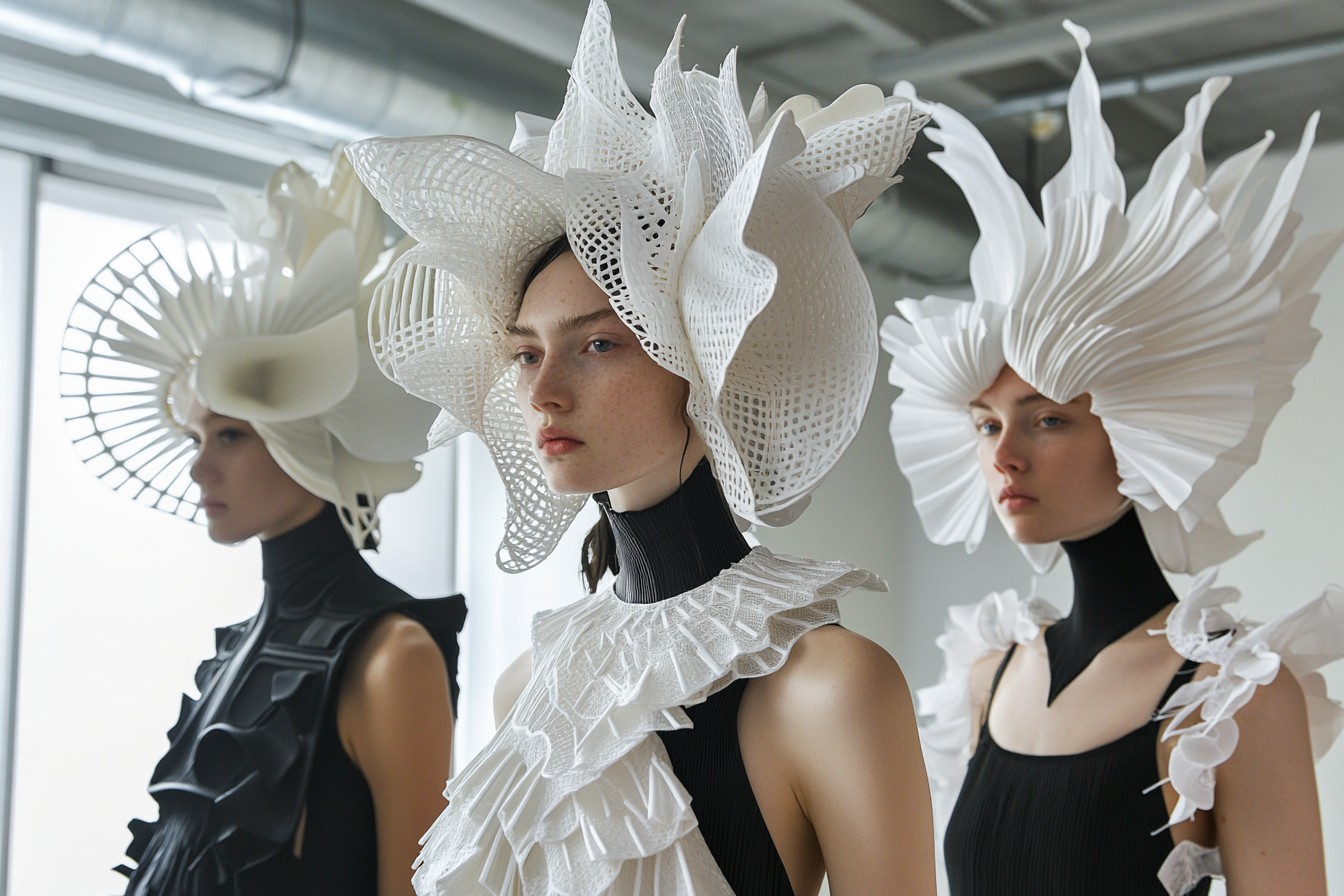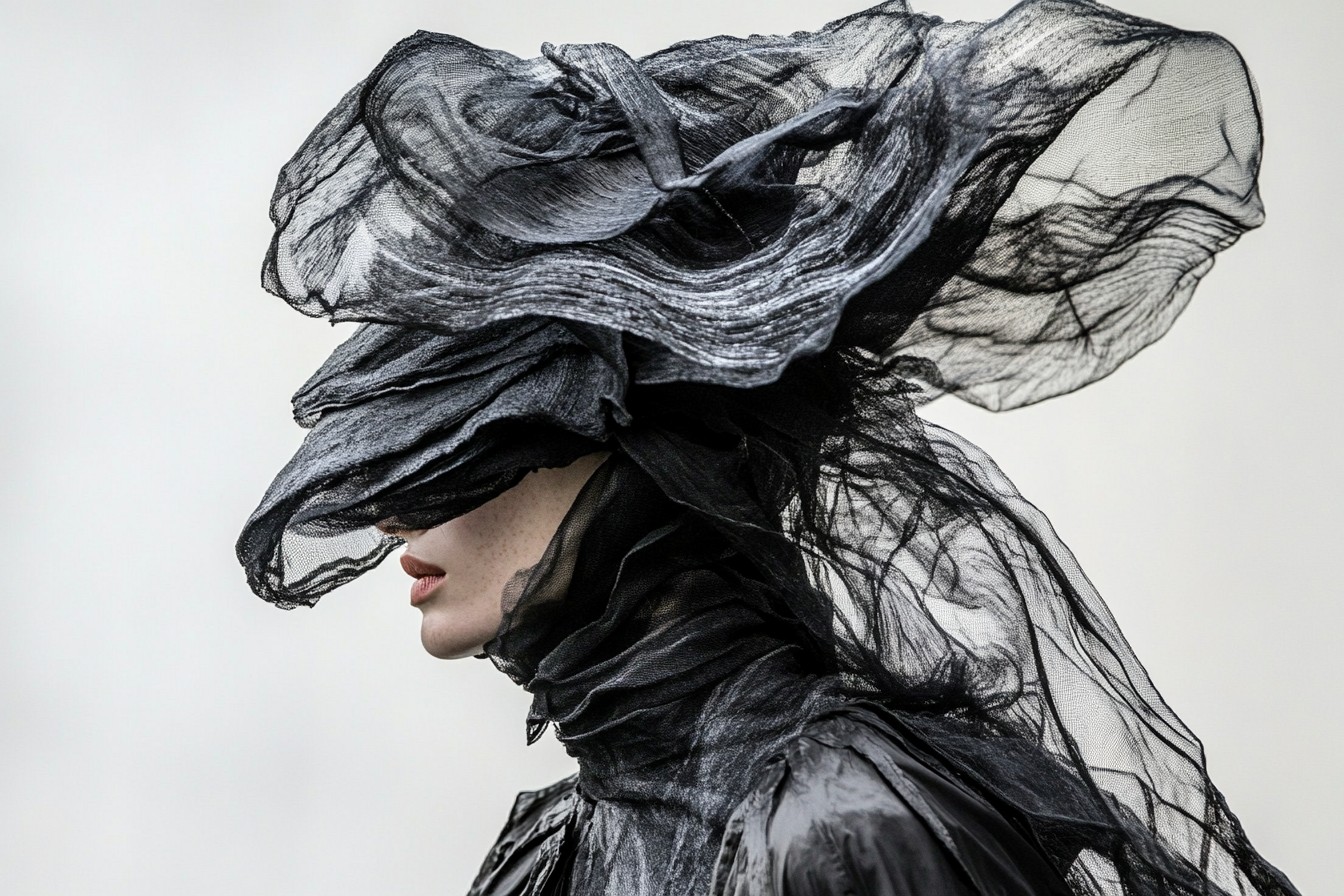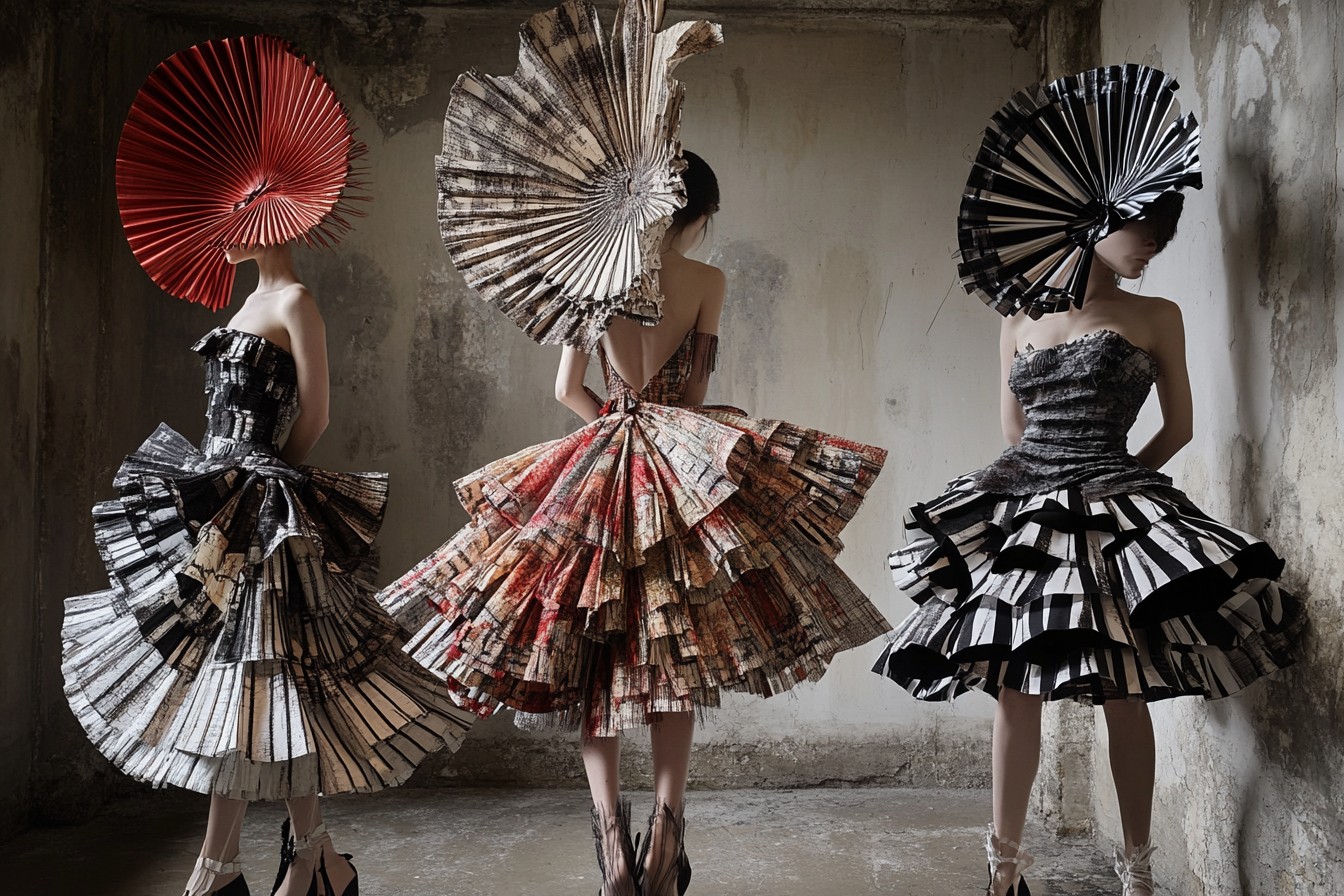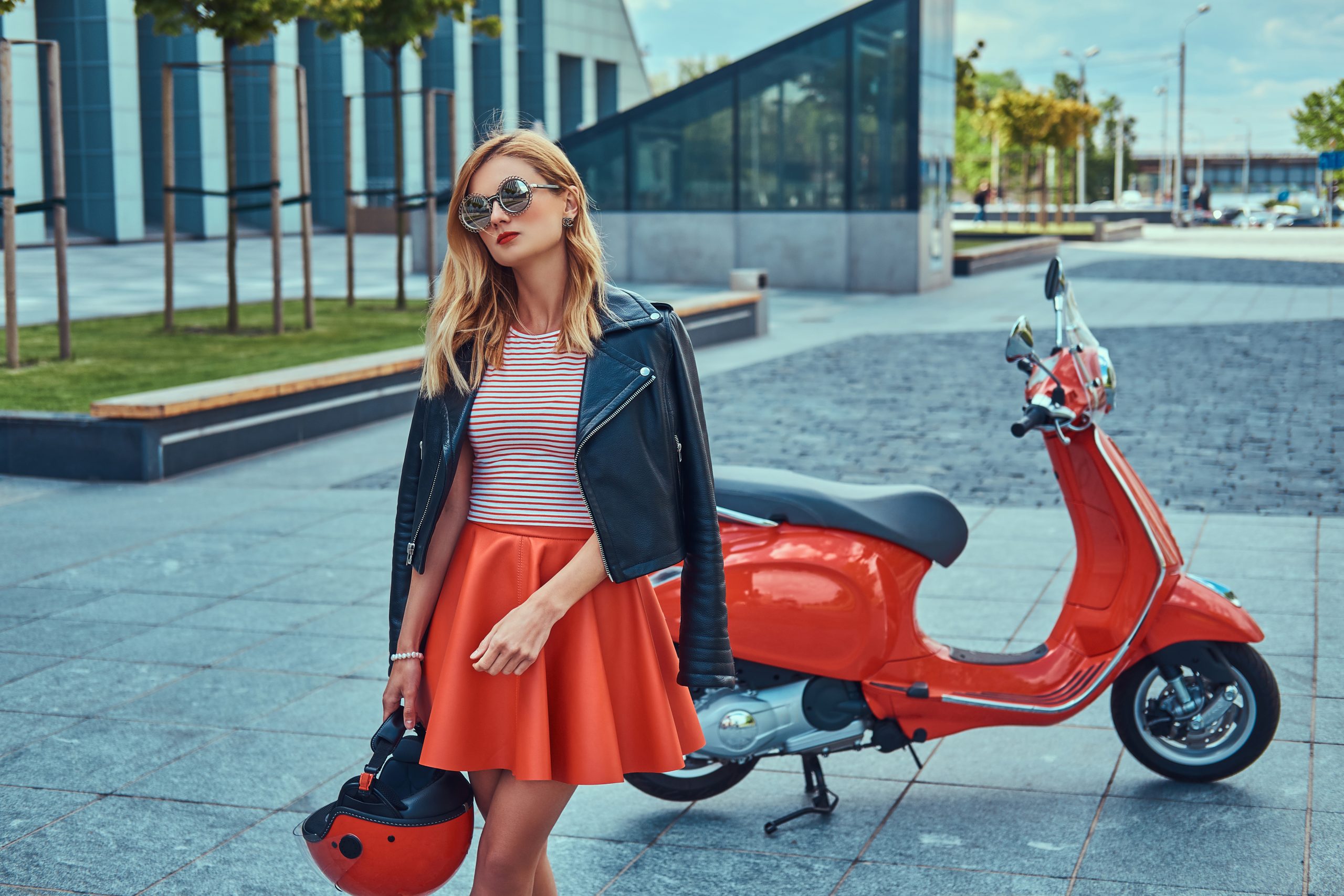There’s a special kind of British misery that emerges around day three of a heatwave. That point when the novelty of actual sunshine has worn off, when every conversation begins with “hot enough for you?” and ends with a detailed description of how poorly everyone slept. When the collective national mood shifts from “isn’t this lovely!” to “dear god make it stop.” I hit that point last July, lying spread-eagled on my kitchen floor at 3am because the tiles were marginally cooler than my bed, wondering if I could reasonably sleep there without my downstairs neighbours thinking I’d finally lost my mind completely.

British heatwaves are uniquely torturous because almost nothing in this country is designed for temperatures above 25 degrees. Our homes are built like heat-trapping wool jumpers—gloriously insulated against the cold but utterly defenseless against warmth. Our offices maintain their standard temperature settings regardless of whether it’s snowing or if the pavement outside is literally melting (and yes, I have seen this happen on Regent Street during the 2022 heatwave). And air conditioning remains a mythical luxury that exists only in supermarkets, cinemas, and the homes of people we secretly hate during summer months.
All of which creates the perfect seasonal fashion challenge: how to dress for temperatures that our wardrobes, homes, and national infrastructure simply aren’t prepared for. It’s not as simple as “wear less”—there are commutes to navigate, offices with bizarre dress codes to accommodate, and the perpetual knowledge that, this being Britain, it could be pouring with rain by lunchtime regardless of how blazingly hot it was at 8am.
After 34 years of British summers (and let’s be honest, I’m using “summer” very generously for at least 27 of those years), I’ve developed something of a heatwave fashion philosophy. It’s less about specific items and more about an approach—a combination of fabrics, cuts, and strategic choices that make sweltering days marginally less hideous.

The fabric hierarchy becomes critically important during a proper heatwave. Cotton is good, but not all cotton is created equal. That cute fitted cotton t-shirt might seem like a sensible choice until you realize it’s essentially a sweat-revealing roadmap of your body’s pressure points. Loose, lightweight cotton voile or poplin becomes the gold standard—barely touching your body, allowing for that mythical thing called “airflow” that we suddenly all become obsessed with when temperatures rise.
Linen, of course, is the obvious heatwave hero. But again, not all linen items are created equal. A structured linen blazer might be technically breathable but will still feel like you’re wearing a straightjacket made of sandpaper when the temperature hits 30 degrees. What you want is softened, washed linen that sits away from the body. The kind that looks slightly rumpled straight off the hanger, because it’s going to look absolutely destroyed by lunchtime anyway, so you might as well lean into the aesthetically crumpled vibe from the start.
Last summer during that apocalyptic July heatwave, I conducted an extremely scientific research project (read: I wore different outfits while slowly melting and took notes on my phone about which ones made me want to dramatically fake my own death to escape the heat). The clear winner was a loose linen dress from COS that I’d originally thought was too shapeless to be flattering. Turns out that “shapeless” becomes “blessed relief” when you’re essentially living in a sauna. The dress skimmed rather than touched my body, had a neckline low enough to prevent that particularly unpleasant under-chin sweat situation, and hit mid-calf—long enough to sit on public transport without sticking to seats, short enough to allow some air circulation.

The surprising runner-up in my heat tolerance testing was actually a jumpsuit, which seems counterintuitive given that they’re essentially a full-body commitment. But my wide-leg, sleeveless cotton jumpsuit from Whistles proved remarkably heat-friendly. The loose cut meant air could circulate freely (I essentially became a walking chimney), and the all-in-one nature meant no waistbands, no tucking, no multiple layers around my middle—just clean, simple, swing-and-go dressing. The only downside is the logistical nightmare of completely disrobing to use the toilet, but I’ll take that mild inconvenience over heat-induced misery any day.
Counterintuitively, some items that seem like they’d be perfect for hot weather are actually hellish in practice. Those adorable paper-bag waist shorts that look so breezy and summery? About as comfortable as wearing a drawstring rubbish bag around your most heat-sensitive area. Anything with a elasticated waist becomes a special kind of torture device when you’re already swollen from heat. And polyester—even in those supposedly “breathable” modern blends—turns into wearable cling film the moment temperatures rise above 25 degrees.
My colleague Mira, who grew up in Cyprus and finds our British panic over 30-degree heat quietly amusing, introduced me to the concept of the “sweat audit” for summer clothes. Before buying anything for hot weather, she runs her hand inside the garment and asks herself: “If I sweated profusely in this exact spot, would it: a) show dramatically, b) create a weird damp patch that looks like I’ve had an accident, or c) dry quickly without evidence?” Only items passing test C make it to her wardrobe. It’s ruthlessly practical and has saved me from several purchases that would have been heat disasters.

Underwear choices become surprisingly critical during heatwaves. This isn’t something we Brits typically discuss over tea and biscuits, but the right or wrong underwear can make or break your heat tolerance. Cotton basics are obvious, but shaping and coverage matter too. Those pretty Brazilian-cut knickers might seem like less fabric equals less heat, but they can create uncomfortable sweat situations in exactly the wrong places. Full briefs in breathable cotton suddenly make perfect sense, even if they’re not winning any sexy lingerie competitions.
Bras become instruments of torture during serious heat, no matter how well-fitted or supposedly lightweight they claim to be. The revelation of bralettes or crop tops in natural fabrics feels like a personal liberation during heatwaves—yes, there’s less support, but there’s also less sweaty elastic digging into your ribcage, which seems like a reasonable trade-off when you’re already questioning your life choices and googling “jobs in Antarctica.”
Footwear presents its own special heatwave challenge. While the obvious answer might seem to be “as little shoe as possible,” the reality of commuting, office requirements, and our glorious British pavements means that barefoot sandals aren’t always practical. My personal heatwave footwear evolution has gone from flip-flops (terrible for walking any real distance and weirdly sweaty between the toes) to those Birkenstock-style sandals everyone suddenly owned in 2019 (better, but the footbed gets slippery in serious heat) to leather fisherman sandals that offer structure and coverage while still allowing airflow. Last summer I invested in a pair from Grenson that were eye-wateringly expensive but survived three weeks of continuous heatwave wear without giving me a single blister—a miracle on par with water into wine as far as I’m concerned.

Office dressing during heatwaves requires particularly strategic thinking. Many workplaces still maintain dress codes designed with traditional British weather in mind, making heatwave navigation a special challenge. My friend Sasha, who works in a corporate law firm with a still-strict dress code, has perfected the art of “stealth cooling”—outfits that look formally appropriate but incorporate hidden heat-friendly elements. Wide-leg linen-blend trousers that pass for formal but allow air circulation. Sleeveless shells under lightweight blazers that can be discreetly removed when not in client meetings. Dresses with appropriate necklines and hemlines but in breathable fabrics that don’t cling.
The “third piece” approach becomes useful here—having that one structured element (usually a lightweight blazer or an elegant cardigan) that can be worn for meetings or important moments, then immediately removed when professional appearances have been satisfied. I’ve noticed women in my office keeping silk scarves or lightweight pashminas at their desks—not for warmth but to drape over shoulders when the air conditioning occasionally decides to kick in to arctic levels, creating that uniquely British phenomenon of simultaneously feeling overheated and chilled.
For those working from home during heatwaves, the rules change entirely. My WFH heatwave uniform has evolved into what I can only describe as “presentable from the waist up”—decent cotton tops for video calls paired with the shortest, loosest shorts I own for off-camera comfort. I keep a spray bottle of water in the fridge to mist myself between meetings, which makes me feel like a sad house plant but does provide momentary relief. I’ve known colleagues to conduct entire professional Zoom calls while sitting with their feet in buckets of cold water—the modern equivalent of keeping your professional composure while secretly screaming inside.

Evening dressing during heatwaves presents its own challenges, particularly given our British determination to continue socializing outdoors regardless of conditions, convinced that we must “make the most of the weather” even as we slowly dissolve into puddles of sweat. Last summer, for a garden party that coincided with the hottest day of the year, I wore a loose linen midi dress in a dark pattern (strategically chosen to hide sweat marks) and brought along a lightweight cotton shirt to drape over my shoulders when the evening brought mosquitoes but, crucially, no drop in temperature.
The most valuable lesson I’ve learned about British heatwave dressing is that multiple thin layers are actually more practical than single minimal items, given our infrastructure’s complete inability to maintain consistent temperatures. That flimsy cotton sundress might seem perfect for 33-degree heat, but becomes useless the moment you step into an overzealously air-conditioned shop or experience one of those sudden temperature drops that remind you that yes, you are still in Britain, regardless of what the thermostat suggests.
My heatwave capsule wardrobe has evolved through trial, error, and several memorable outfit disasters (including a silk dress that essentially became a sweat-mapping system during a particularly humid wedding). It now consists of: three loose linen dresses in dark or patterned fabrics; two pairs of wide-leg linen trousers; several oversized cotton poplin shirts; a selection of cotton tank tops; one lightweight cotton cardigan for overzealous air conditioning situations; one pair of leather fisherman sandals; one pair of minimal leather slides; and an emergency cooling kit (fan, facial mist spray, and blotting papers) that lives permanently in my bag between June and September.
The British approach to heatwave dressing will always be somewhat improvisational, because investing heavily in clothes for weather that might grace us for a total of two weeks per year feels ridiculous. But as climate change makes these extreme temperature spikes more common, perhaps it’s time we developed a more intentional approach to hot weather wardrobes. Not panic-buying the three flimsy sundresses that H&M puts on prominent display the moment temperatures hit 25 degrees, but thoughtfully collecting pieces that actually work for our unique British heat challenges—the need to look professional while slowly melting, the ridiculous temperature differentials between outdoors and public transport, the knowledge that even during a heatwave, it might still rain at any moment.
Last summer, during the peak of the July heat nightmare, I spotted a woman on the Central Line (surely one of the closest experiences to being slow-cooked available in modern Britain) who had clearly mastered heatwave dressing. She wore a sleeveless, loose linen jumpsuit in a deep navy, simple leather slides, and carried a straw market basket containing what appeared to be a folded cotton cardigan, a water bottle, and a portable fan. She looked cool—both temperature-wise and aesthetically—while the rest of us resembled varying stages of heat-induced decomposition. “Excuse me,” I said, journalist instincts overriding British tube etiquette of pretending nobody else exists, “but you look remarkably composed in this heat. What’s your secret?”
She smiled, pulled her portable fan from her bag, and aimed it first at her face, then generously in my direction. “Linen, low expectations, and leaving my dignity at home,” she replied. “It’s the only way to survive a British heatwave.”
Truer words have never been spoken, while slowly melting on public transport.
